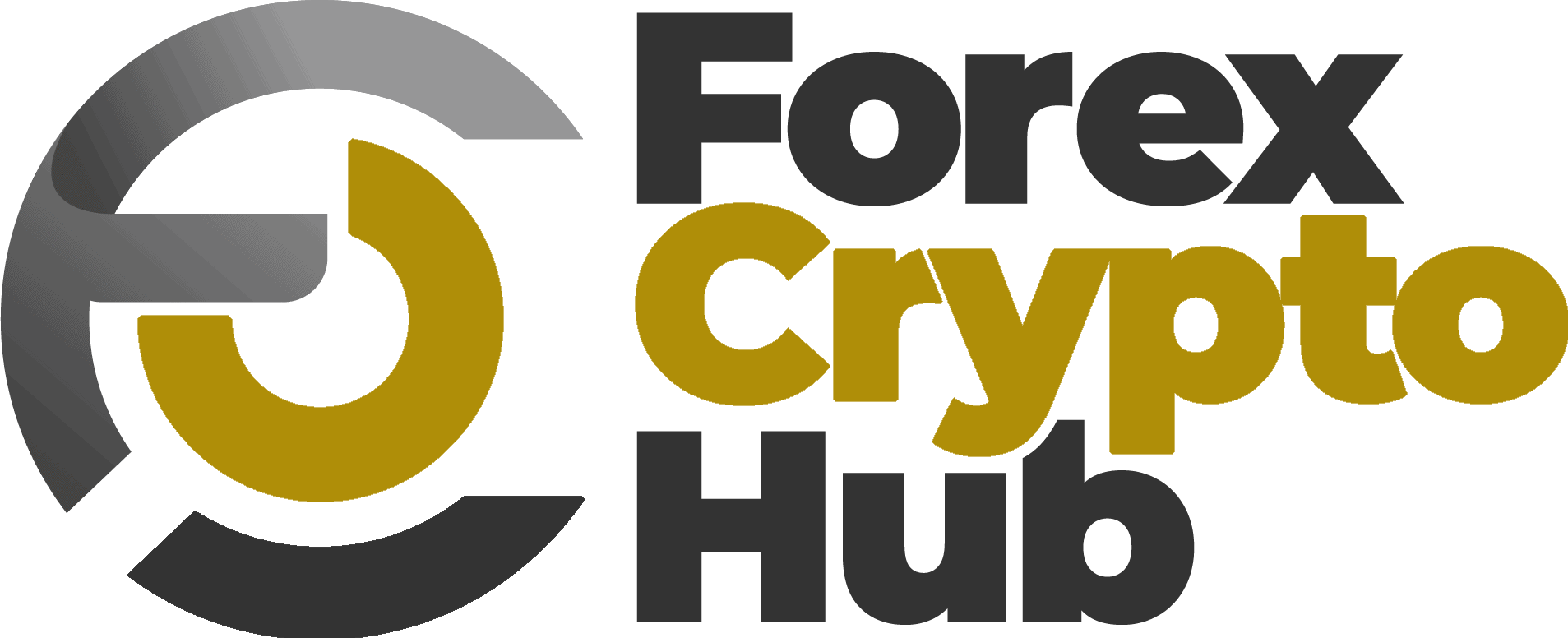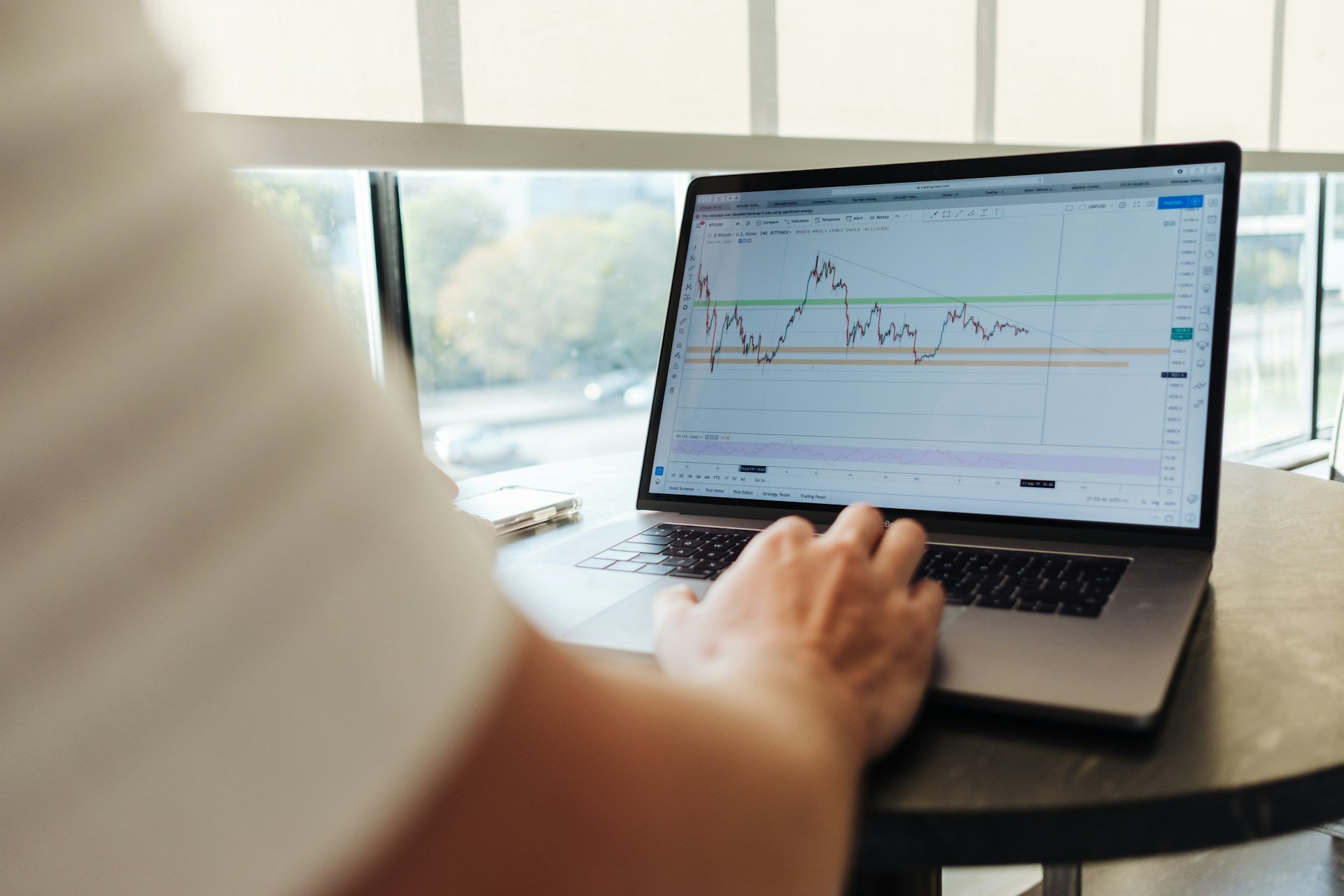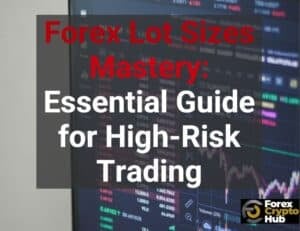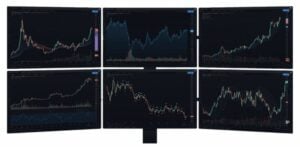Many traders chase price charts, read news, and spend lots of time planning each move. But profits can disappear before the market even reacts. Hidden forex trading costs are the reason this happens for so many people. Spread, slippage, swaps, and random extra fees can build up. They are easy to miss but they always show up in your results.
Plenty of traders with smart trade ideas watch their accounts drop over time. This often happens not because they made bad decisions, but because they didn’t count every cost in advance. If you know what to look for, you can catch the leaks and keep more of each gain you make.
Table of Contents
The Spread: What You Don’t See Still Costs You
Every forex trade has a gap between the price to buy and the price to sell. This gap is the spread. You won’t see it as an extra charge on your statement, but it affects your bottom line every time. The wider this gap, the more the price has to move in your favor before you start making money.
Spreads move around too. During busy trading hours like when the London or New York sessions open, spreads get tighter. At slow hours or around big news, spreads often get wider. The most popular currency pairs, such as EUR/USD, usually have tight spreads, but less common ones can end up costing more because spreads are bigger.
Some brokers advertise zero commissions, making it seem like there are no costs. But the real cost hides in the spread. Paying extra attention to that spread (especially for pairs you trade often) helps keep small wins from disappearing before your trade has a chance to develop.
Forex Crypto Hub compares hundreds of spreads from well-known brokers. Their live spread charts help traders spot the most affordable pairs in real time so you can save on every entry.
Swap Fees and Overnight Costs
Swap fees act as “rent” for keeping trades open overnight. Every forex trade means you buy one currency and sell another at the same time. Each currency comes with its own interest rate. The difference between those rates is what your broker uses to calculate the swap fee.
Based on what you’re trading and whether you go long or short, you might pay or sometimes even earn a swap fee. More often, it’s an extra cost that sits in the background. If you hold trades for days, or you trade pairs where the interest gap is wide, these charges can sneak up.
Swap fees change every day. Banks and brokers set new rates and may do things like triple the fee on certain days to cover weekends. You should always check your broker’s policy before holding a trade open near the end of a trading day. Planning for swap costs makes a difference over time.
Slippage and Order Execution Delays
The forex market moves fast. When big events hit or large players buy and sell, prices can jump or drop within seconds. That means the price you expect is not always the price you get. This difference is called slippage. You might click to buy or sell at one price, but your trade gets filled at a slightly worse price without warning.
For traders who use fast strategies or work with small profit targets, even tiny slippage can ruin a setup. Sometimes the shift in price goes your way, but more often, it pushes entry or exit a little off track.
If your broker often fills trades late or at strange prices during busy periods, it can add up. To keep surprises to a minimum, you can use limit orders for better control when the exact price matters to your plan. Avoid trading right when news hits unless high volatility is part of your strategy.
Many brokers list their average slippage, but the best way to see how it affects your trading is by reviewing your trade confirmations for odd differences. If you keep seeing issues, consider platforms recognized for reliable and fast execution. Forex Crypto Hub reviews brokers’ execution speeds and reliability so you can choose those that fit your approach.
Platform and Account Maintenance Fees
Brokers want you trading, but if you step away too long, you could be charged an inactivity fee. These fees can hit after just a month or two with no trades. Most people don’t notice them until they check their account and see money missing for no obvious reason.
Then there are platform fees. Some brokers offer special features or advanced charting tools for an extra charge. If you trade often or need these extras, the cost can make sense. For smaller accounts or traders just starting out, platform fees can drain your balance faster than trading itself.
Depositing or withdrawing funds is another spot to watch. Some brokers charge for each transaction or take a fee when converting between currencies. For anyone who funds a trading account in one currency but trades in another, banks and brokers can take a piece each time you move money in or out. These little fees stack up, especially if you don’t pay attention to conversion rules.
Keeping a list of account and platform fees for your broker can help. Set calendar reminders if inactivity charges are a risk. Check the fine print before using third-party add-ons or funding your account. Avoiding unwanted charges lets you keep more of what you earn through trading.
How to Manage Forex Trading Costs Without Compromising Strategy
You do not have to flip your strategy to avoid costs. Smart traders still work their plan, but they check the possible costs before every move. This means accounting for spread, swap fees, slippage risk, and any special charges tied to leaving trades open or using a paid platform.
Here are a few ways to keep forex trading costs low while sticking with your plan:
– Review all broker fees for each trade, especially when trading during off-hours.
– Pick a trading timeframe that fits your daily life so you don’t end up with accidental overnight trades.
– Use a simple strategy and avoid piling on extra indicators or systems. Complicated methods usually result in more trades (and more fees).
– Keep alerts or reminders for swap days, platform charges, or scheduled maintenance so no charge sneaks by.
Doing these things raises your awareness but does not take away from your original style. Building fee checks into your routine can make the difference in your trading results. Most importantly, it keeps you in control.
Stop Losing Money to Costs You Didn’t Even Notice
Losses from forex trading costs often go unnoticed. It’s easy to blame the market for missed profits or losses. In reality, hidden charges like swaps, spreads, platform fees, and slippage can shrink your account over time even before your trades play out.
Knowing what charges to expect puts you back in control. You can keep your profits, make better decisions, and let your actual strategy shape your trading story. Paying attention to forex trading costs rewards careful traders. The more you plan for these charges, the more likely you are to see your trading goals match your real results.
Choosing the right broker and platform matters more than most traders realize. Hidden charges like slippage, swap fees, and platform costs can shrink your results fast. We’ve reviewed dozens of options so you can compare brokers based on trust, support, and how they handle forex trading costs. That kind of clarity helps you trade smarter and keep more of what you earn. Have questions or need help trimming extra fees from your setup? Send us a message and we’ll walk you through it.




